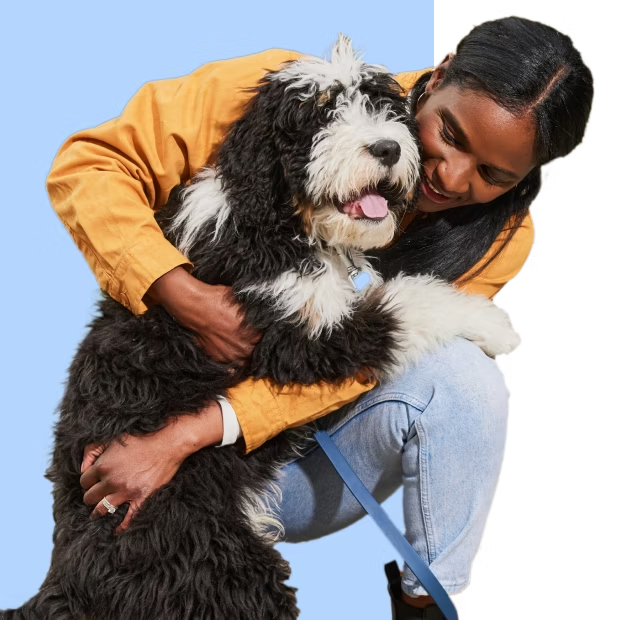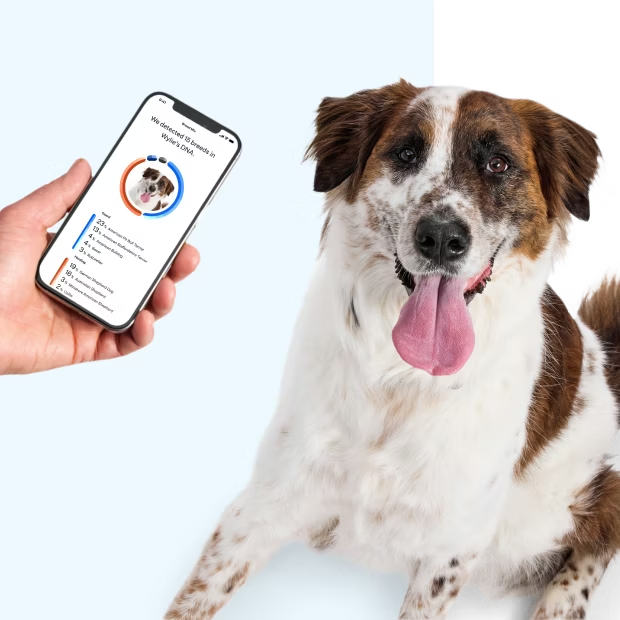



Know the most about your pup with Wisdom Panel Premium for just £NaN more.

Designer dogs, or cross breeds, result from intentionally breeding different dogs to create a specific mix. This is different from mixed-breed dogs born from accidental or casual breeding that results in unexpected (though often delightful) results. Most commonly, designer dogs are mixes of two purebred breeds, but three breeds can enter into the mix if a purebred is mixed with a designer dog.


Cavapoo
(Cavalier King Charles Spaniel and Poodle)
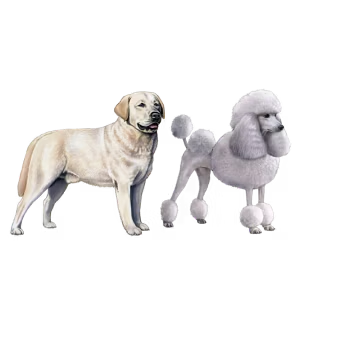
Labradoodle
(Labrador Retriever and Poodle)
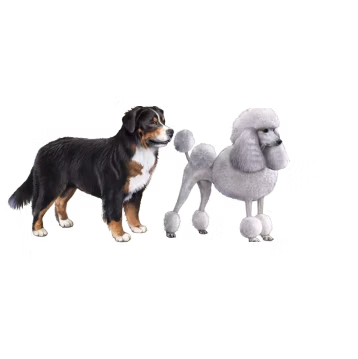
Bernedoodle
(Bernese Mountain Dog and Poodle)
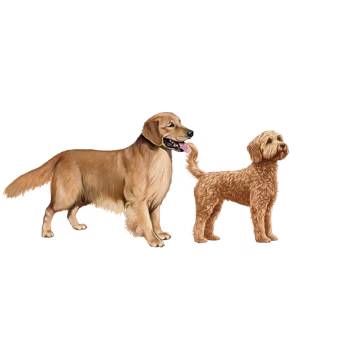
Golden Labradoodle
(Golden Retriever and Labrador)
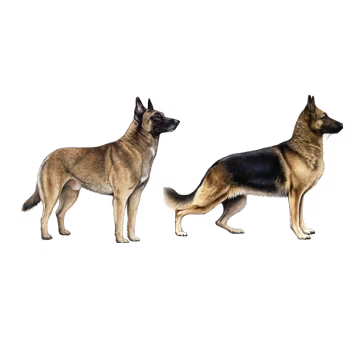
German Malinois
(German Shepherd and Belgian Malinois)
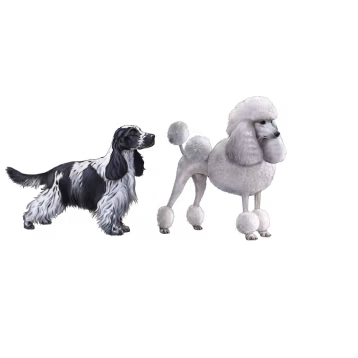
Cockapoo
(Cocker Spaniel and Poodle)

Golden Doodle
(Golden Retriever and Poodle)
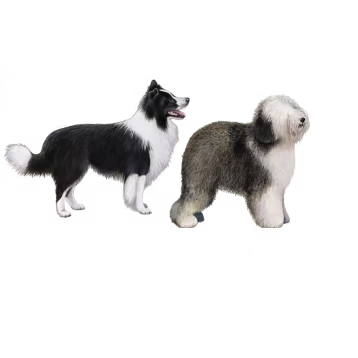
Border Sheep Dog
(Border Collie and Sheep Dog)

Chiweenie
(Chihuahua and Dachshund)

Poochon
(Poodle and Bichon Frise)

Cavapoo
(Cavalier King Charles Spaniel and Poodle)

